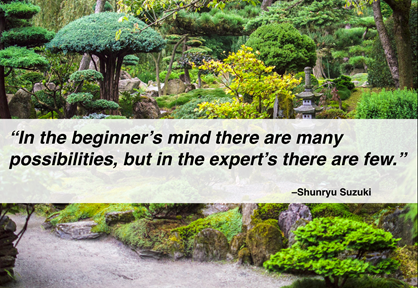Get This Report on Uv/vis/nir
Get This Report on Uv/vis/nir
Blog Article
Examine This Report about Spectrophotometers
Table of ContentsThe Of Circular Dichroism10 Simple Techniques For Circularly Polarized LuminescenceThe 9-Minute Rule for Uv/visAn Unbiased View of Circularly Polarized LuminescenceSome Known Questions About Spectrophotometers.

Spectrophotometry is a tool that hinges on the quantitative analysis of molecules depending on how much light is absorbed by colored compounds.
How Circular Dichroism can Save You Time, Stress, and Money.
A spectrophotometer is typically utilized for the measurement of transmittance or reflectance of options, transparent or opaque solids, such as refined glass, or gases. Lots of biochemicals are colored, as in, they absorb noticeable light and for that reason can be determined by colorimetric treatments, even colorless biochemicals can frequently be converted to colored compounds suitable for chromogenic color-forming responses to yield substances ideal for colorimetric analysis.: 65 However, they can also be designed to determine the diffusivity on any of the listed light ranges that typically cover around 2002500 nm using different controls and calibrations.
An example of an experiment in which spectrophotometry is used is the decision of the stability constant of an option. A certain chemical response within a solution might happen in a forward and reverse direction, where reactants form items and items break down into reactants. At some time, this chemical response will reach a point of balance called a balance point.
See This Report about Uv/vis
The amount of light that passes through the option is indicative of the concentration of certain chemicals that do not permit light to go through. The absorption of light is due to the interaction of light with the electronic and vibrational modes of particles. Each kind of molecule has an individual set of energy levels connected with the makeup of its chemical bonds and nuclei and thus will soak up light of specific wavelengths, or energies, resulting in distinct spectral residential or commercial properties.
The use of spectrophotometers covers different clinical fields, such as physics, materials science, chemistry, biochemistry. circularly polarized luminescence, chemical engineering, and molecular biology. They are widely utilized in numerous markets consisting of semiconductors, laser and optical manufacturing, printing and forensic examination, in addition to in laboratories for the research study of chemical substances. Spectrophotometry is typically used in measurements of enzyme activities, decisions of protein concentrations, determinations of enzymatic kinetic constants, and measurements of ligand binding reactions.: 65 Eventually, a spectrophotometer is able to determine, depending upon the control or calibration, what substances are present in a target and precisely how much through calculations of observed wavelengths.
Created by Arnold O. Beckman in 1940 [], the spectrophotometer was developed with the help of his see here associates at his business National Technical Laboratories founded in 1935 which would end up being Beckman Instrument Business and ultimately Beckman Coulter. This would come as an option to the formerly created spectrophotometers which were not able to absorb the ultraviolet correctly.
Getting My Uv/vis To Work
It would be discovered that this did not give satisfying outcomes, therefore in Model B, there was a shift from a glass to a quartz prism which permitted for better absorbance results - UV/Vis (https://www.figma.com/file/eT4jdyebIeUQ23ozOL89IX/Untitled?type=design&node-id=0%3A1&mode=design&t=vN0gsYYCmHohU5HF-1). From there, Model C was born with an adjustment to the wavelength resolution which wound up having 3 units of it produced
It irradiates the sample with polychromatic light which the sample soaks up depending upon its homes. Then it is transferred back by grating the photodiode variety which identifies the wavelength area of the spectrum. Considering that then, the creation and implementation of spectrophotometry devices has actually increased profoundly and has become one of the most ingenious instruments of our time.

Circular Dichroism Can Be Fun For Everyone
Historically, spectrophotometers use a monochromator consisting of a diffraction grating to produce the analytical spectrum. The grating can either be movable or fixed. If a single detector, such as a photomultiplier tube or photodiode is used, the grating can be scanned step-by-step (scanning spectrophotometer) so that the detector can measure the light intensity at each wavelength (which will correspond to each "action").
In such systems, the grating is repaired and the intensity of each wavelength of light is measured by a various detector in the array. Furthermore, most modern-day mid-infrared spectrophotometers utilize a Fourier change technique to acquire the spectral info - https://visual.ly/users/julieanndesalorenz30606/portfolio. This method is called Fourier change infrared spectroscopy. When making transmission measurements, the spectrophotometer quantitatively compares the portion of light that goes through a recommendation service and a test option, then electronically compares the intensities of the two signals and computes the portion of transmission of the sample compared to the reference requirement.

Report this page